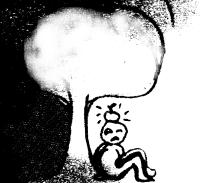Article,
First-principles study of the luminescence of Eu 2+-doped phosphors
Physical Review B, 96 (12): 125132 (2017)
Abstract
The luminescence of fifteen representative Eu2+-doped phosphors used for white-LED and scintillation applications is studied through a constrained density functional theory. Transition energies and Stokes shift are deduced from differences of total energies between the ground and excited states of the systems, in the absorption and emission geometries. The general applicability of such methodology is first assessed: for this representative set, the calculated absolute error with respect to experiment on absorption and emission energies is within 0.3 eV. This set of compounds covers a wide range of transition energies that extents from 1.7 to 3.5 eV. The information gained from the relaxed geometries and total energies is further used to evaluate the thermal barrier for the 4f−5d crossover, the full width at half maximum of the emission spectrum and the temperature shift of the emission peak, using a one-dimensional configuration-coordinate model. The former results indicate that the 4f−5d crossover cannot be the dominant mechanism for the thermal quenching behavior of Eu2+-doped phosphors and the latter results are compared to available experimental data and yield a 30% mean absolute relative error. Finally, a semiempirical model used previously for Ce3+-doped hosts is adapted to Eu2+-doped hosts and gives the absorption and emission energies within 0.9 eV of experiment, underperforming compared to the first-principles calculation.
